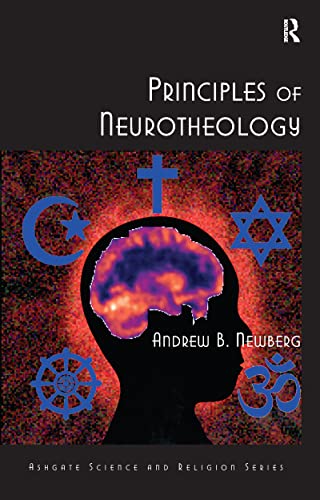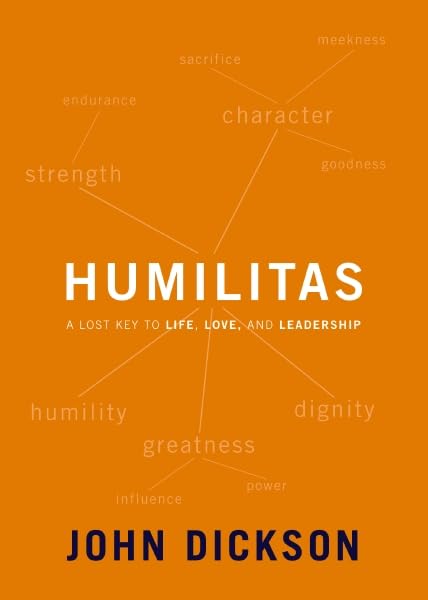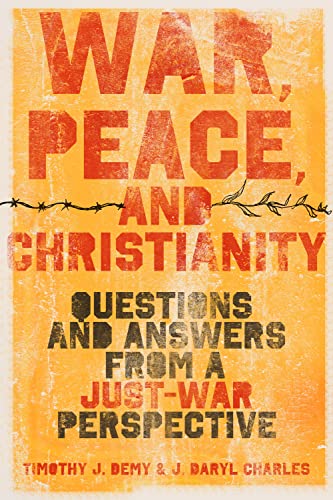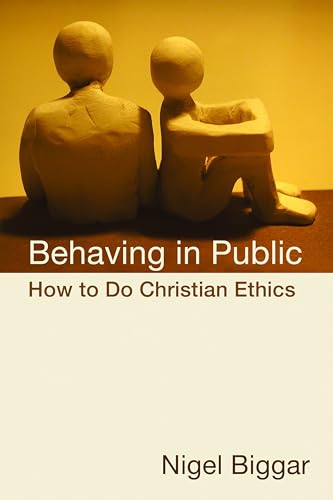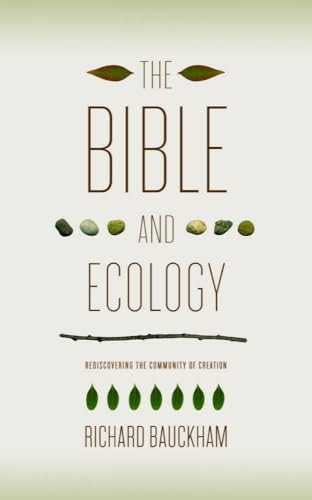Where Mortals Dwell: A Christian View of Place for Today
Written by Craig G. Bartholomew Reviewed By Jason StanghelleIn the last twenty years a growing number of books in philosophy and theology have studied place. Bartholomew's work is a welcome contribution and undoubtedly the most ambitious. One of the most difficult aspects of this field is formulating an adequate definition of place. “Place is a rich, thick concept which is notoriously difficult to define” (p. 2). Bartholomew lists three aspects of place: (1) it is a human concept about how embodied humans experience the world; (2) it is a “dynamic interaction” of various historical, cultural and theological dimensions; (3) it is related to space but distinct from it (pp. 2-3).Space is “an abstraction from the lived experience of place” (p. 3). Bartholomew argues that in the modern world space has triumphed over place. “The neglect of place has thus had devastating consequences” (p. 4).
Bartholomew divides his work into three sections: a biblical survey, a theological and philosophical history of place, and a constructive section of a Christian view of place. Drawing upon place philosopher Edward Casey's concepts of implacement and displacement, Bartholomew places redemption. Instead of an abstract view of redemption history, Bartholomew argues for an implacement-displacement-(re)implacement schema (p. 31). He traces the importance of place in light of salvation history in the OT and into the NT. In his treatment of the NT, he argues that scholarship has ignored implications of place in concepts such as new creation, the kingdom of God, being in Christ, and the household codes, among others.
Bartholomew raises insightful issues. Instead of addressing all of them, we take but one paradigmatic example to illustrate the usefulness of this work but also the complexity of the place discussion that is glossed over. In his first chapter Bartholomew refers to God as a co-inhabitant in place (p. 31). However, Bartholomew does not nuance the issue and equivocates on an essential place issue. First, saying that God is a cohabitant brings in a host of problematic issues. Obviously, God dwells in a different way than humans dwell. Inhabit, for God, cannot have the same meaning that we use in normal human usage. This pushes the question of how literally anthropomorphisms such as God “walking in the garden” or even God “dwelling” should be interpreted.
Second, place language taken too literally can result in doctrinal complications. For instance, traditions in first-century Palestinian Judaism and early Christianity referred to God as place (see Max Jammer, “Judeo-Christian Ideas about Space,” in Concepts of Space: The History of the Theories of Space in Physics [New York: Harper and Brothers, 1960], 25-50). Take Ps 90:1: “you Lord have been our dwelling place.” Read literally, God is not co-inhabitant of place but place itself. Overly literal readings have led to pantheism. If Gen 1-3 should be taken more literally, should Ps 90:1 also? To say that God is “implaced” is one thing; to explain what that actually means is another. How does one reconcile rich OT language of divine dwelling with NT texts that stress the apophatic nature of God, “no one has ever seen God” (John 1:18, 1 Tim 6:16)? God as co-inhabitant could mean a number of things depending on how one defines “inhabit.” This is a problem characteristic of many works on place. Place is employed intriguingly, but the details are unspecified. The real work of defining concepts comes after the descriptive work of identifying the presence of place. Place forces one to think about categorical presuppositions.
Bartholomew's second section surveys Western thought. He illuminates the modern movement towards abstraction and addresses implications to the doctrine of creation. He touches on the Patristics and Scholastics (chs. 11-12) but focuses on the Reformers (ch. 12) and Protestant developments (chs. 13-14). Those familiar with Polanyi, Buber, and continental philosophy will resonate with the criticisms of modernity. Bartholomew highlights the implications of a robust Reformed view of creation. What becomes clear in this survey is the possibility of place to rethink the God-world relationship. Place should force modern exegetes to critically evaluate their own categories of exegesis. But conversely, place may unlock new ways for theology to articulate the God-world relationship that adheres more closely to the biblical texts.
Bartholomew's third section develops a Christian view of place for today. He addresses architecture, homemaking, agriculture, general Christian praxis, and the environmental crisis. For those acquainted with new urbanism or agrarianism, much will be familiar. Bartholomew sets a trajectory of study that merits careful consideration. And one can hope the Church embraces many of these suggestions.
For those new to the philosophy of place, this review has focused more upon what was not said rather than what was said. This is to orient the reader into this larger field and also to alert the reader to the conceptual care that place requires. Methodologically, Bartholomew relies extensively upon philosopher Edward Casey's work Getting Back into Place. This work was a key early attempt to advance a philosophically rigorous definition of place. J. Malpas has contributed significantly to an analytic conception of place in Place and Experience. Bartholomew acknowledges, “Philosophically, Malpas' account is the most satisfying I have encountered” (p. 186). Yet surprisingly, Malpas is not central to his argument. Malpas' contribution to place is to argue that place integrates the subjective-objective-intersubjective fields into an interdependent whole (p. 187). Place holds significant implications for epistemology and theology if Malpas is correct. And Bartholomew is correct that the subjective-objective divide is to be blamed. But rather than showing how place overcomes this dichotomy and what implications it might have for biblical interpretation, he merely asserts that place overcomes the dichotomy (pp. 16, 181-88, 247-48), loosely listing a number of scholars who have critiqued scientific objectivism (pp. 187, 247).
This is a problem with the structure of the book. Because of how quickly Bartholomew moves, those new to the area may miss the significance of the issues. And for those already involved in the discussion, his terseness does not advance many issues beyond the current discussion.In a word, Bartholomew is simultaneously too ambitious and too general. Place is too complex to attempt a biblical, philosophical and theological survey and be constructive all within 325 pages. His work would have been strengthened by more topoanalysis (rigorous definition of place) and less topophilia (general affirmation of place). However, Bartholomew should be commended for the vast amount of research and his concern in his final section for the Church to return to a holistic relationship with place. Bartholomew offers a great introduction to a theology of place for those wanting to learn about this important subject.
Jason Stanghelle
Jason Stanghelle
Trinity Evangelical Divinity School
Deerfield, Illinois, USA
Other Articles in this Issue
Evaluating a new English translation of the Bible can be extremely difficult...
In the November 2009 edition of Themelios, Dane C...
Jonathan Edwards (1703-1758) is remembered today as a saint, scholar, preacher, pastor, metaphysician, revival leader, theologian, Calvinist—the list goes on...
Almost two decades ago I wrote an essay titled " When Is Spirituality Spiritual? Reflections on Some Problems of Definition ...
He was the youngest son of elderly parents. His childhood was secluded and unhappy, which might in some measure account for his lifelong melancholy...



